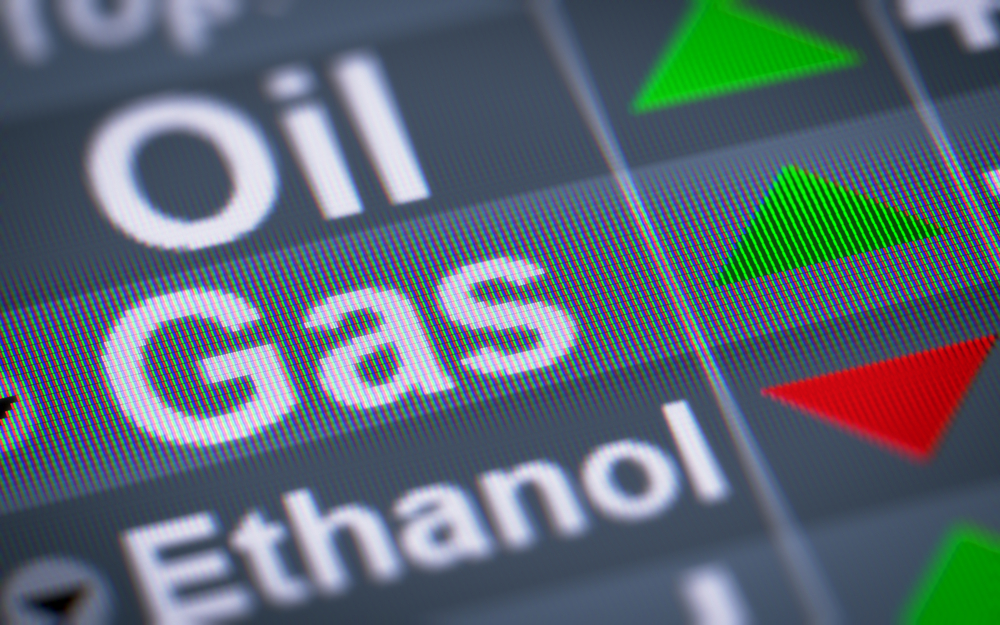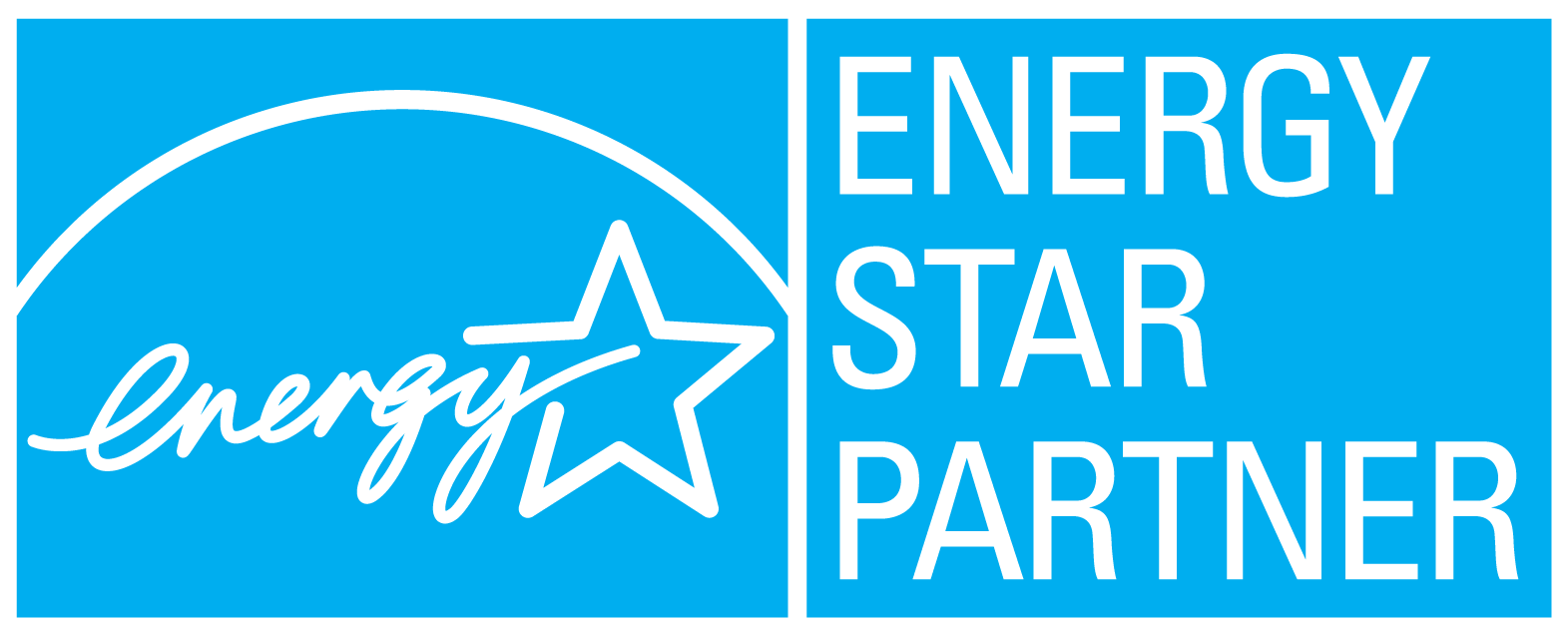
The Value of Locking in Natural Gas Prices Before Winter
Winter is here and chances are your heating system will soon be running 24/7. For those who depend on gas heat, that can mean a dramatic increase in your monthly natural gas bill. As if increased usage isn’t bad enough, gas prices are forecasted to increase over the next several months. Talk about adding insult to injury!
Fortunately, you have the option of “locking in” your natural gas rate to help control your heating costs.
What does “locking in” mean?
When you lock in a natural gas rate, it means that regardless of how high natural gas rates get during the lock, you’ll only have to pay the rate you locked in for the percentage of natural gas you chose to lock. This helps over the winter when natural gas prices generally rise due to increased demand.
How do you lock in your
natural gas rate?
There are two ways to lock in your natural gas price.
The first scenario involves a base index agreement that lets you lock in all, or a percentage of, your current natural gas price for any term, subject only to credit approval by the supplier.
Most commonly, natural gas prices are fixed for the following terms:
- Winter strip (November through March or April)
- 1 year
- 2 years
- Any number of months you want based on your own unique business needs
You’ll choose your term and the percentage of gas you want to lock in, and receive a “Fixed Price Amendment” to your base index agreement. Once signed, the price will be locked in for the term and percentage of natural gas requested at the amendment price. After the fixed price amendment expires, pricing will revert back to what is called for in the base index agreement until you decide you want to lock your natural gas price again.
Committing to a 100% fixed agreement is a second option and is appropriate for businesses not already in an index agreement as described above.
Many customers may have the opportunity to sign a fixed gas agreement right from the start, but these contracts should be closely monitored. When the fixed price agreement ends, there will be no index agreement to fall back on. Typically, if the fixed agreement ends without a new agreement in place you’ll roll onto an index price, which tends to be expensive as well as volatile and unpredictable.
The pricing of natural gas
The pricing of natural gas typically follows demand for the commodity, which is why prices are usually highest during winter months. Depending on how warm or cold the weather has been, and is projected to be during the winter, natural gas rates may increase or decrease. Weather events such as La Nina and El Nino can have an impact on natural gas prices. In the year following a recent El Nino, the United States experienced unseasonably high temperatures during the winter months. This reduced the overall demand for gas, which helped push gas prices lower.
Milder winters may lead to lower winter natural gas prices while colder winters may lead to higher winter natural gas prices. Experts often project upward or downward pricing trends in the natural gas market according to supply and demand, as well as long-term and short-term weather forecasts.
Unseasonably cold weather, long-term forecasts, an increase in natural gas and electricity demand, and exports of natural gas and liquefied natural gas (LNG) to other countries can all drive natural gas prices up. However, there are plenty of downward pricing drivers for natural gas as well. The amount of natural gas stored prior to the winter season, and unseasonably warm weather during the winter or cool weather during the summer, can contribute to lower natural gas prices and expenses.
Let’s look at an example, using a mid-sized customer during the month of February. They might require approximately 3,500 therms in a typical February; however, they could potentially use 7,000-8,000 therms or more in just a single, very cold, February. Let’s look at the math:
- 3,500 therms @ $0.35 per therm = $1,225 for gas supply (typical)
- 8,000 therms @ $0.75 per therm = $6,000 for gas supply
- 8,000 therms @ $1.00 per therm = $8,000 for gas supply
And that’s just for a single month. Can you start to see the advantage of locking in the lowest rate?
When winter comes, consider locking in your natural gas prices
The key to fixing prices is for businesses to recognize the volatility of natural gas prices and to have the desire to protect themselves against natural gas price spikes. If natural gas normally costs about $0.35 to $0.40 per therm, a sudden jump to over $1 per therm due to a natural disaster or major weather event, can be devastating—and that actually happened in March of 2014 in the Chicago area.
It’s a matter of cost savings, price certainty and peace of mind in uncertain and volatile markets during the months when natural gas is needed the most.
For Lower Electric’s help in locking in your natural gas rates, contact us today.



